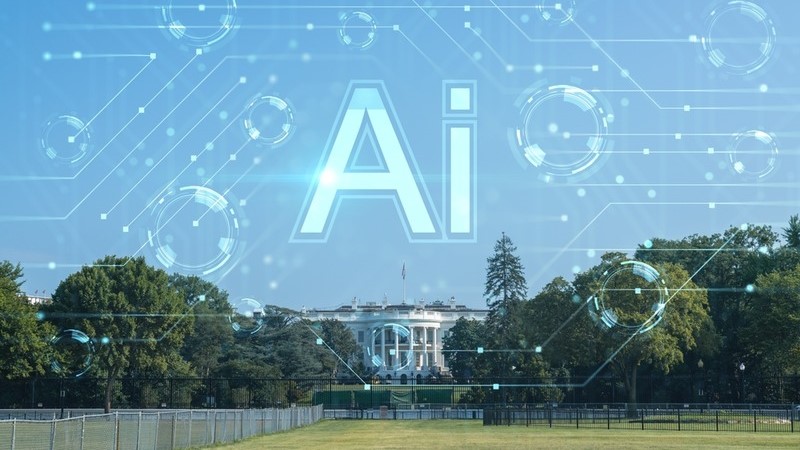
The White House Office of Management and Budget (OMB) has issued two revised policies for Federal agencies to help them responsibly use and procure AI tech, replacing guidance from the Biden administration but largely pursuing the same goals.
The White House said the revision of the memos follows a requirement from President Donald Trump’s January executive order that aims to develop a Federal government AI “action plan.” The memos were revised in coordination with the White House Office of Science and Technology Policy (OSTP) and its director, Michael Kratsios.
The first memo, OMB Memorandum M-25-21, offers guidance to Federal agencies on their use of AI and replaces the Biden administration’s guidance (M-24-10). The new document instructs agencies to accelerate Federal use of AI by focusing on three key priorities: innovation, governance, and public trust.
“Through this memorandum, agencies are directed to provide improved services to the public, while maintaining strong safeguards for civil rights, civil liberties, and privacy,” the memo, dated April 3, says. “This memorandum provides guidance to agencies on ways to promote human flourishing, economic competitiveness, and national security.”
The memo closely follows guidance created by the Biden administration, including that Federal agencies must identify a chief AI officer (CAIO) to “champion their agency’s AI goals.” MeriTalk recently published a study, “Tech Tonic: 2025 Federal CAIO Outlook,” with insights gathered from 10 Federal CAIOs.
However, an April 7 fact sheet on the updated guidance says that the memo redefines the role of CAIOs “to serve as change agents and AI advocates, rather than overseeing layers of bureaucracy.”
The new guidance also directs agencies to implement minimum risk management practices for “high-impact AI,” which it defines as AI “that could have significant impacts when deployed.”
Similarly, the second memo, OMB Memorandum M-25-22, directs agencies to procure “effective and trustworthy AI capabilities in a timely and cost-effective manner.” This memo replaces the Biden administration’s memo related to AI acquisition (M-24-18).
The updated guidance instructs Federal agencies to identify AI use cases – as the Biden administration’s guidance did – and tasks them with making an initial determination of whether a system is likely to host “high-impact AI use cases.”
Within 100 days, the memo tasks the General Services Administration (GSA), in collaboration with OMB and relevant interagency councils, to develop a plan “to release publicly available guide(s) to assist the acquisition workforce with the procurement of AI systems.”
It also tasks GSA, in coordination with OMB, to develop an online repository to facilitate the sharing of information and resources about AI acquisition. It gives GSA a 200-day deadline to complete this task.
“Agencies should contribute tools, resources, and data-sharing best practices developed for improved AI acquisition, which may include language for standard contract clauses and negotiated costs for common AI systems and other relevant artifacts,” the memo, also dated April 3, says.
“Today’s revised memos offer much needed guidance on AI adoption and procurement that will remove unnecessary bureaucratic restrictions, allow agencies to be more efficient and cost-effective, and support a competitive American AI marketplace,” said Lynne Parker, principal deputy director of the White House OSTP.
“Federal agencies have experienced a widening gap in adopting AI and modernizing government technology, largely due to unnecessary bureaucracy and outdated procurement processes,” added Federal CIO Greg Barbaccia added. “OMB’s new policies demonstrate that the government is committed to spending American taxpayer dollars efficiently and responsibly, while increasing public trust through the Federal use of AI.”
Quinn Anex-Ries, a senior policy analyst for the Center for Democracy and Technology, said the revised memos maintain core AI governance requirements. However, he said, “In practice, it remains to be seen how faithfully this guidance will be implemented.”
“While it is encouraging to see that this updated guidance requires agencies to proactively address risks when they adopt AI systems, recent reporting indicates that DOGE’s use of AI may not be in compliance with many of these core transparency and risk mitigation practices,” Anex-Ries said. “The true test will be how the Office of Management and Budget works with all Federal agencies, including DOGE, to implement these critical requirements in a timely and transparent manner.”
